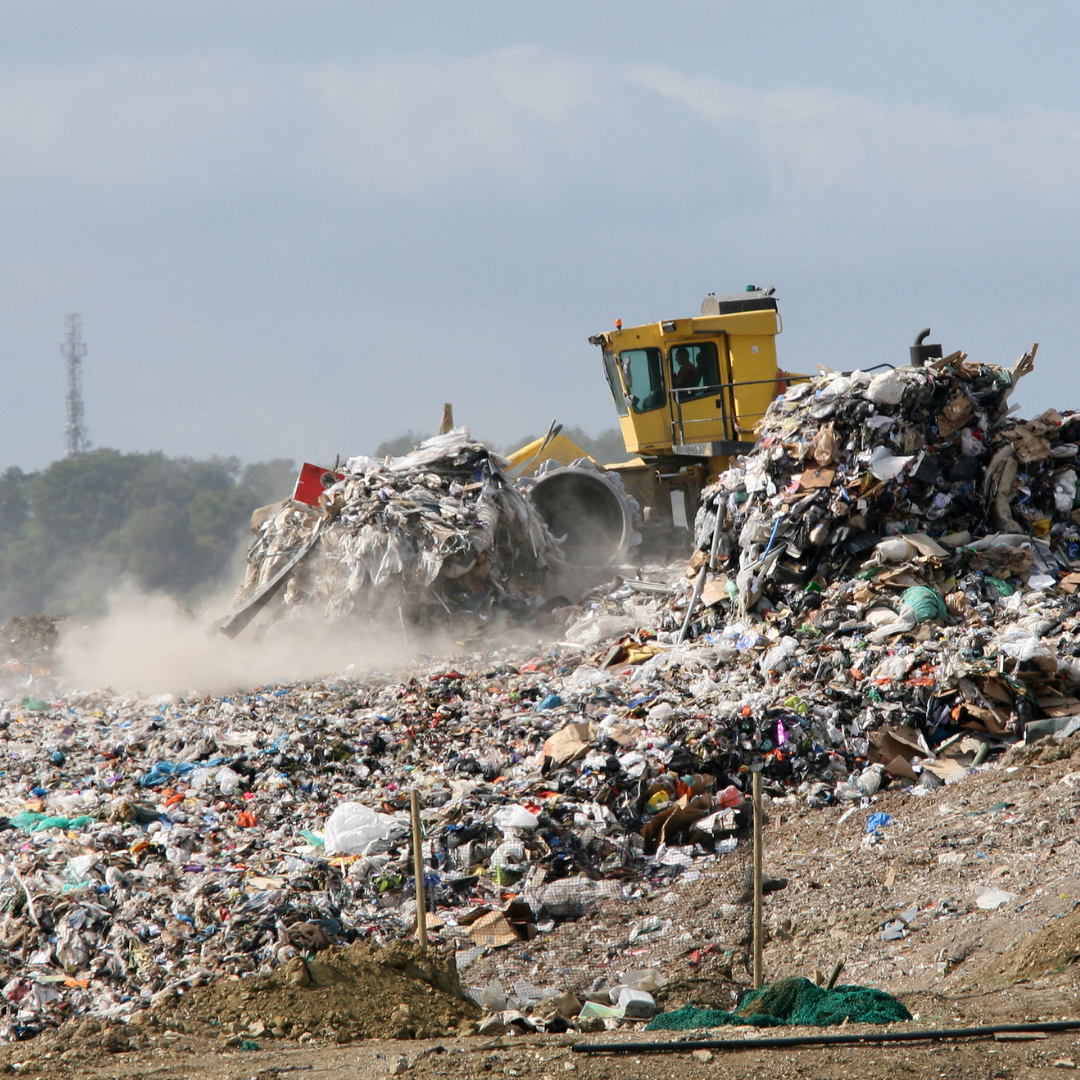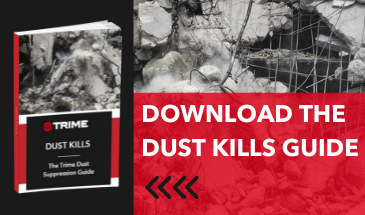
Dust Kills! 'The Trime Dust Suppression Guide'
Dust is a nuisance factor in most industrial and construction settings, from demolition and building sites, to timber yards and workshops. In factories and other indoor settings, the problem can be addressed through ventilation and extraction systems – but this isn’t an option for outdoor applications, making dust management and suppression a thorny problem for site managers.

In many circumstances, dust is more than an irritation – it is an outright hazard that has been linked to a wide range of long-term health problems, including lung cancer and debilitating respiratory illnesses. In some cases, long-term dust inhalation is the direct cause of terminal disease, disability, and premature death; hence the dramatic title of our guide, ‘Dust Kills’. Under the UK’s Control of Substances Hazardous to Health regulations (COSHH), businesses have a legal duty of care to implement measures to protect employees from construction dust, fumes and other airborne risks.
On the ground, there are three general dust control strategies for managing and suppressing workplace dust; using effective respiratory protective equipment, installing on-tool extraction systems on dust-producing plant, and making use of dust suppression systems.
Dust suppression systems use a water hose or sprinkler to capture and remove dust from the air. These come in a variety of designs, and include small attachments for handheld tools – with a hose linked to a pressurised water container – as well as larger mobile units that generate a fine mist around dusty areas.
Our Trime Dust Suppression water-based dust control units are high-capacity, mobile devices that produce a fine water vapour capable of capturing all types of harmful construction dust. The Trime Dust Suppression units are available in both lightweight and portable models, which are mounted on wheeled trolleys to allow rapid deployment anywhere on a construction site, and larger static models which are more suitable for jobs such as demolition. To operate, the unit is simply hooked up to a mains water supply, a water bowser with a built-in pressure pump, a pressurised water tank or hydraulic system, and aimed in the direction of the dust source.
| Click here to request your FREE copy of our guide
This guide provides an in-depth insight into:
|
 |






